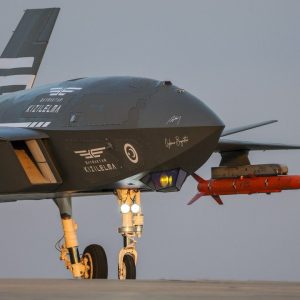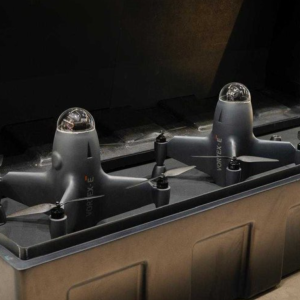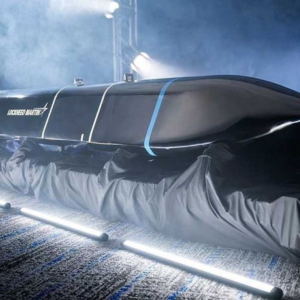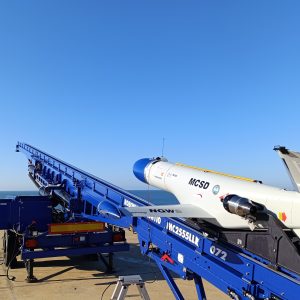MKE August deliveries show a clear pace from factory to field. The list covers Altay tank weapon systems, Fırtına howitzer equipment, GÖKDENİZ CIWS subsystems and several lines of ammunition. As a result, Türkiye gains near-term combat power and steadier readiness.
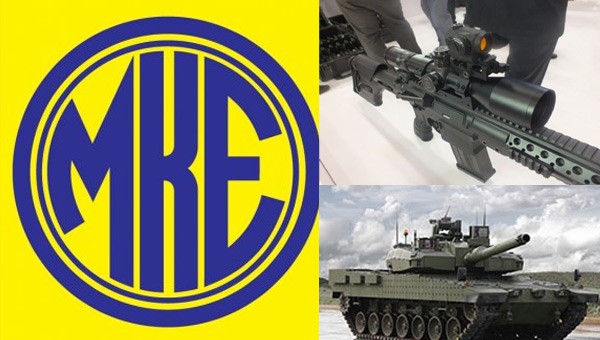
Why These Acceptances Matter Now
First, armour and artillery benefit immediately. Altay’s 120 mm main gun and Fırtına’s 155 mm system depend on reliable guns, propellants and spares. Consequently, units can plan training and operations with fewer delays.
Second, the fleet gains better close-in defence. GÖKDENİZ uses 35 mm airburst ammunition to defeat UAVs and inbound threats [1][2]. Therefore, ship survivability improves in the terminal phase.
Third, ammunition stocks deepen. Deliveries of 25×137 mm APDS-T, MOD38, and the 155 mm Modüler Barut Sistemi raise both training capacity and operational resilience [3][4][5].
Land Domain: Altay and Fırtına Drive Demand
BMC leads serial production on Altay. The program highlights firepower, crew protection and NATO-standard ammunition compatibility [6]. Notably, open-source trackers point to MKE’s role in the main gun and ammunition ecosystem [8][9].
For artillery, the 155 mm Modular Charge System (MCS) stabilises muzzle velocity and reduces barrel wear. In practice, batteries achieve cleaner dispersion and safer handling at scale. Moreover, MKE data aligns with NATO practices on charge architecture and long-range firing tables [5][10].
Naval Layer: GÖKDENİZ Boosts Counter-UAS Resilience
At sea, acceptance activities for GÖKDENİZ mark steady progress. The twin-barrel 35 mm turret and ATOM airburst rounds add programmable effects against low-RCS threats [1][2]. In addition, automatic feed switching supports quick changes between airburst and HEI.
Munitions Depth: 25×137 APDS-T and MOD38
The 25×137 mm APDS-T (M791 class) supports platforms like the M242 Bushmaster. As a result, IFVs keep lethality at useful ranges while training pipelines remain active [3]. Meanwhile, the MOD38 defensive munition offers controlled perimeter defence with published specifications and packaging data [4][11].
“Acceptance is not a ceremony. It is an industrial heartbeat. Each qualified lot closes the loop between R&D, manufacturing and the front line.”
Strategic Reading: More Than a Monthly Total
Counting items tells only part of the story. More importantly, the process shows capacity, quality and interoperability. Together, these traits build resilience in Türkiye’s defence industrial base. Consequently, acceptance cadence becomes a strategic KPI, not only an end-of-quarter event.
What to Watch Next
Looking ahead, three markers will test momentum from MKE August deliveries. First, integration speed for Altay test vehicles in troop training. Second, ship-class rollout schedules for GÖKDENİZ on refits and new builds. Third, live-fire data on dispersion and barrel life as MCS use expands. For context on enabling technologies, see our deep-tech overview [12].
Conclusion
MKE August deliveries turn production lines into operational effects. The mix of armoured, naval and ammunition outputs gives Türkiye practical advantages. Overall, steady acceptances now point to faster readiness later.
Further Reading
- NATO calibre interoperability and modular charges—industry overview [10]
- ASELSAN GÖKDENİZ CIWS product brief and datasheet [1][2]
- MKE 155 mm Modular Charge System technical data [5]
References
- ASELSAN — GÖKDENİZ 100/35 product page
- ASELSAN — GÖKDENİZ 100/35 datasheet (PDF)
- MKE — 25 mm M791 APDS-T (technical card)
- MKE — MOD38 Defensive Munition (TR)
- MKE — 155 mm Modular Charge System (TR)
- BMC — ALTAY program page
- BMC — ALTAY/Fırtına technical specifications
- European Security & Defence — The long road to Altay
- Janes — Altay serial production contract
- Rheinmetall — 155 mm Artillery Modular Charge System (PDF)
- MKE — MOD38 Defensive Munition (EN)
- Defence Agenda — Wave of Transformative Deep-Tech








